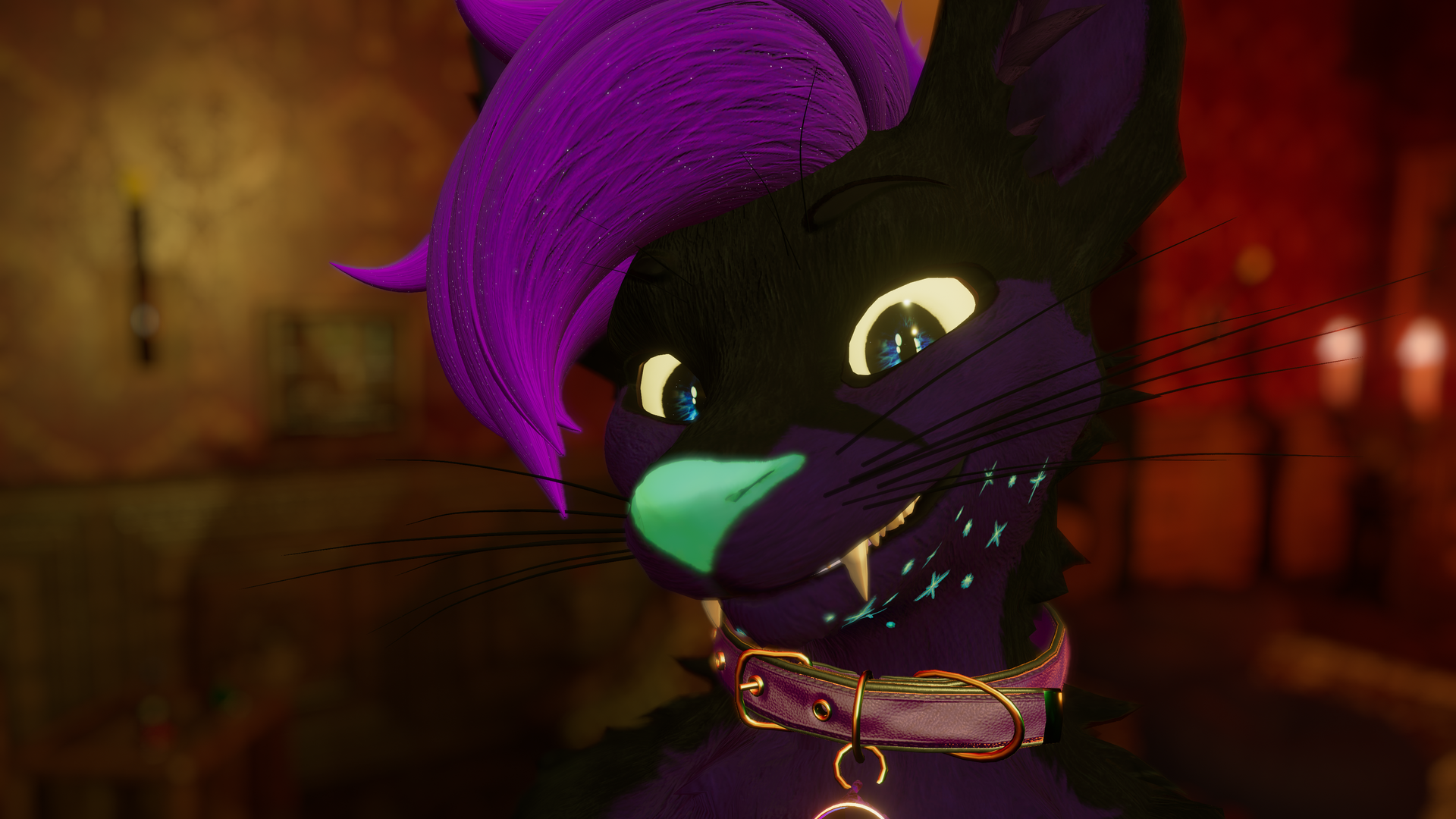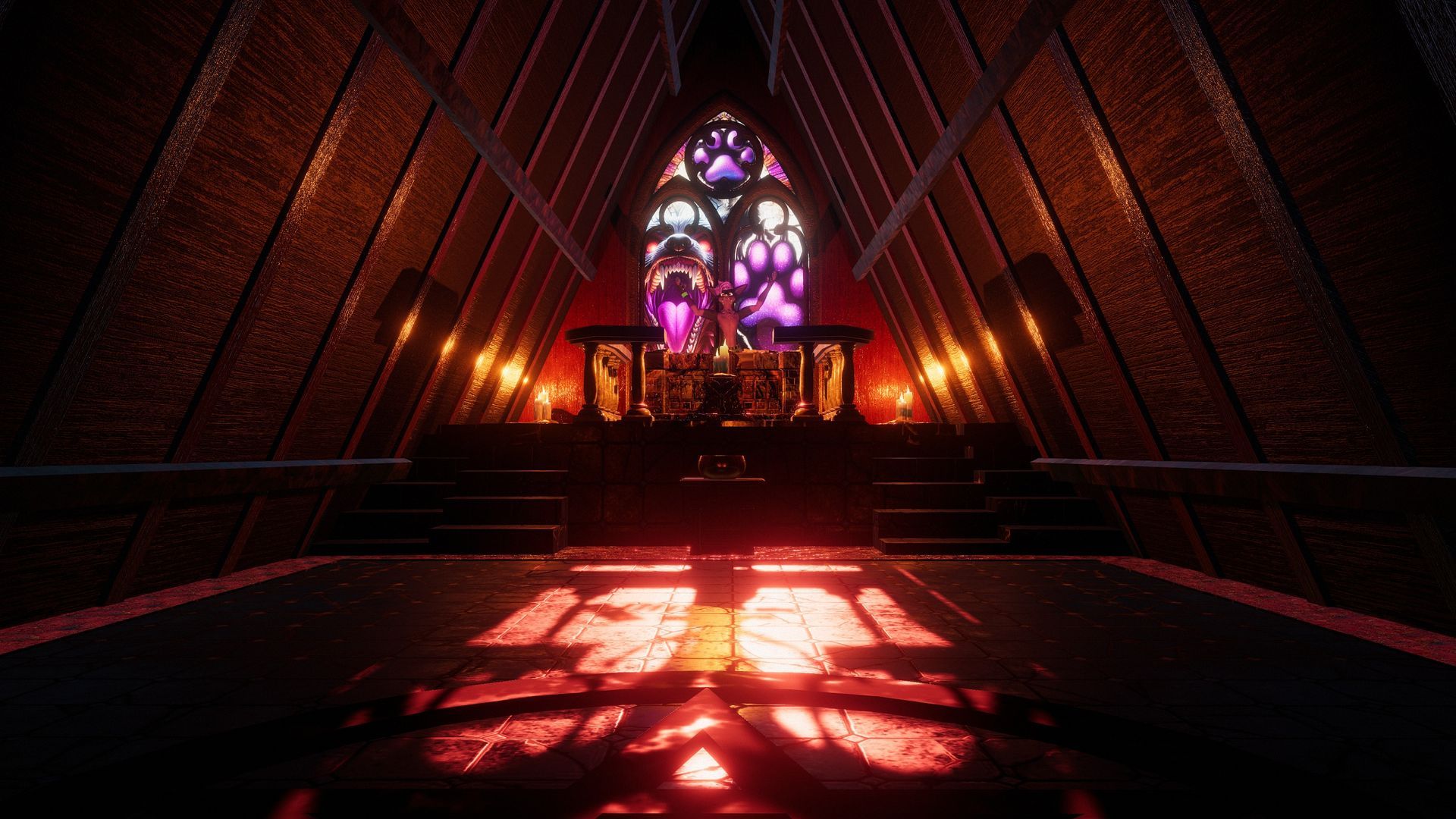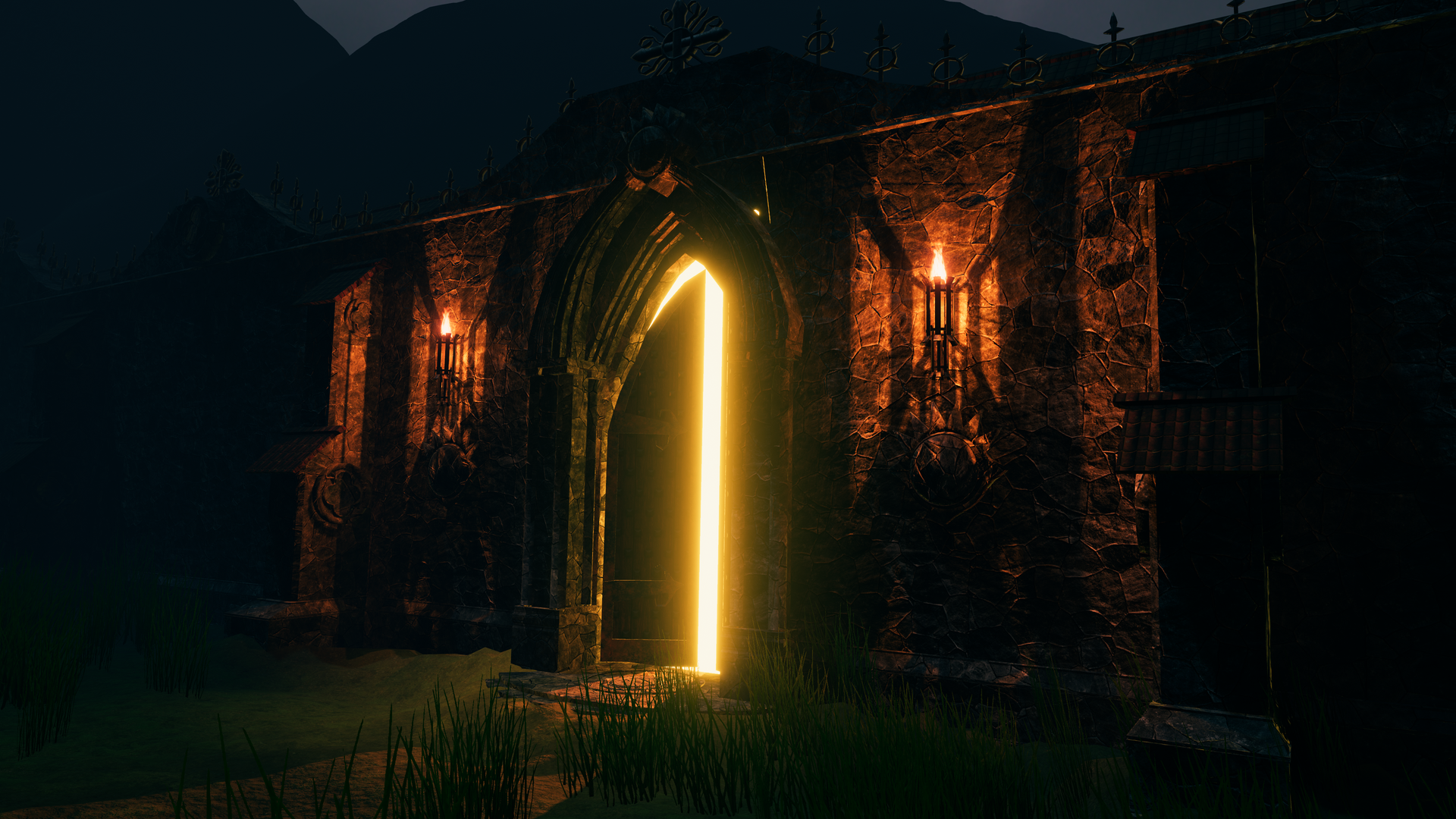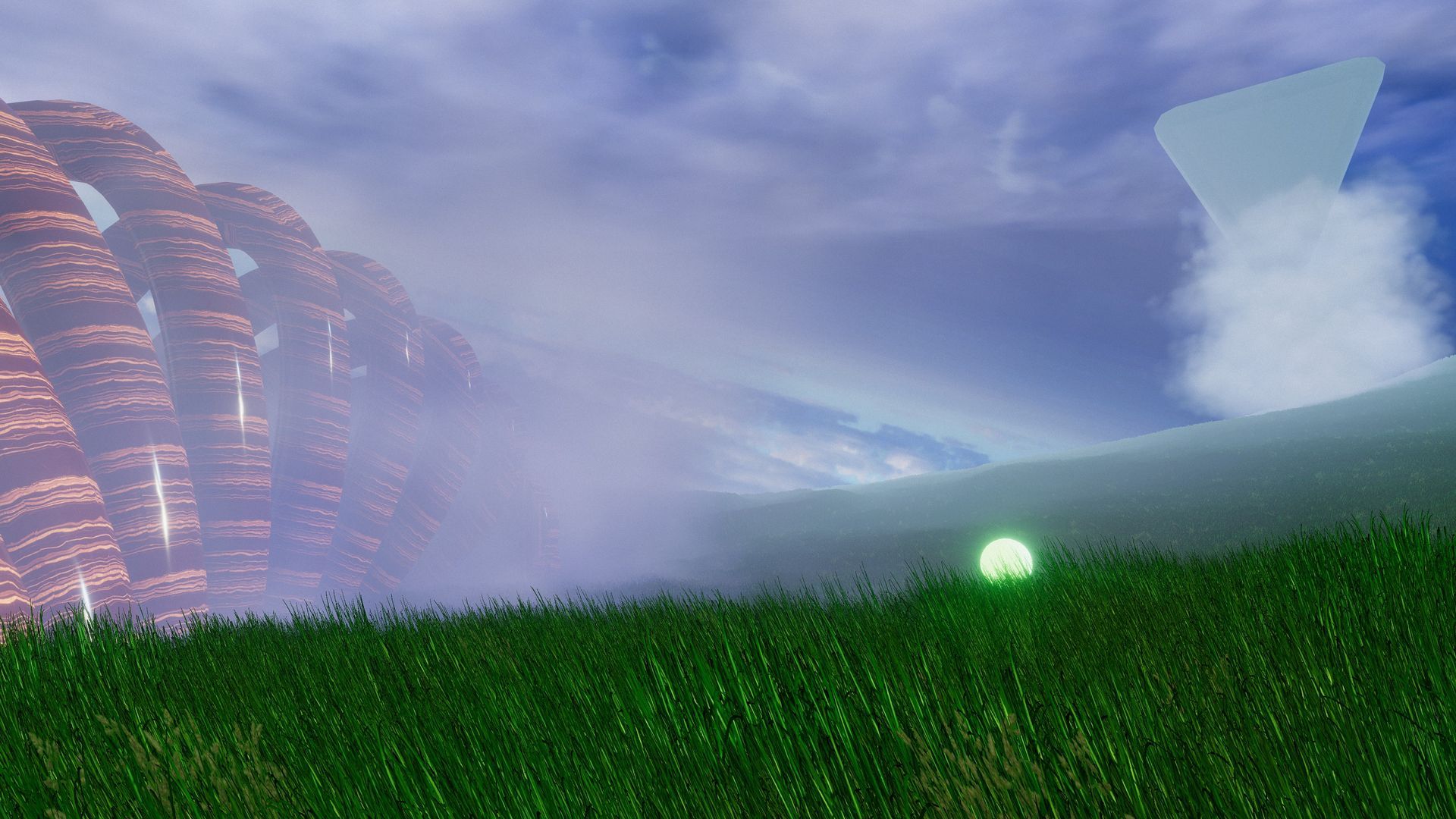Virtual Reality
For as long as I can remember, I’ve been fascinated by the idea of stepping into other worlds – exploring places beyond the ordinary. In 2018, I had the opportunity to try VR for the first time at a friend’s studio. The experience left a lasting impression on me, and I knew right away: I needed to get my own headset.
The pandemic hit us all hard. In 2020, going out to parties became impossible, travel was complicated, and we slowly started to feel the effects of cabin fever. During that time, I bought my first VR headset – a Vive 1 – and it completely transformed how I spent my time at home. VR allowed me to escape into virtual worlds, offering something new and exciting far beyond the confines of everyday life. I got an Index in 2021 followed by full body tracking and a friend gifted me his Pimax, because it was too fidgety in his opinion. In 2024 I also added a Quest 3 for a more slim and mobile experience.
Virtual reality has been a topic of interest since the 1990s. In the early 2000s, mixed reality glasses occasionally hit the market, projecting small bits of information onto glass – the kind of data we now easily access on smartwatches. In 2013, the Oculus Rift officially kickstarted the consumer VR era. Since then, we’ve faced major updates. Since the pandemic, the market volume has increased tenfold and I'm currently seeing a strong focus on development in and for VR, especially among my game dev student friends in the UK. A niche that is growing rapidly.
While hardware manufacturers like HTC, Valve, Pimax, Pico, and Meta flood the market with a wide variety of devices, software developers are hesitant to dive into this risky, niche market. As a result, we mainly see indie games, while big-budget blockbuster titles – the kind that could boost headset sales – only come out every few years. The much-anticipated Metaverse hasn’t fully materialized yet, but recent years have undeniably given the VR industry a significant push forward. VRChat has tens of tousands players online at any time of the day.
VRChat
VRChat has emerged as the world’s leading VR social platform, built on Unity. Thanks to its custom SDK, users can upload their own avatars and worlds, creating a kind of “YouTube for the Metaverse.” This inspired me to learn Unity and Blender. I began creating my own assets, modifying existing ones, and ultimately designing entire virtual worlds.
Volunteering work
To my surprise, my creations garnered tens of thousands of visits, and suddenly, I started getting recognized at virtual and even real-world conventions for my work. Much like how I volunteered back in 2018, helping the indie studio Klondike with localization for visual novel titles, I later contributed to various VR projects on Patreon.
I worked on quality assurance and localization for several teams and, starting in 2023, began collaborating with Furality Inc. In 2024, this organization hosted the world’s largest virtual reality convention, with over 21,000 participants.

This is the character I use in virtual worlds and within the subculture I'm active in. The base is a Rexouium - a character made by Rezillo. Since the base is already close to a fox, I didn't have to change much other than retexturing and adding my own touches.
Why Kitsunaki?
Anime, manga, and cosplay inspired me to study Japanese for three semesters, and from that came the name Kitsunaki – the Autumn Fox. The fox symbolizes rhetorical skill, a harmonious and cautious approach, discretion, versatility, resilience, and elegance. It felt just right to take this animal to create an alter ego for the internet.
I paired it with my favorite color, purple, and created my online appearance – a purple fox. Purple is a bold color, and I’ve always had a lot to express, wanting to be heard and using creativity as my outlet. After experimenting with various nicknames during my teenage years, I landed on Kitsunaki around the time I became an adult – and I’ve stuck with it ever since!









